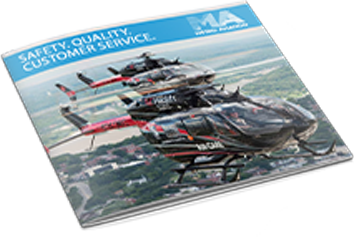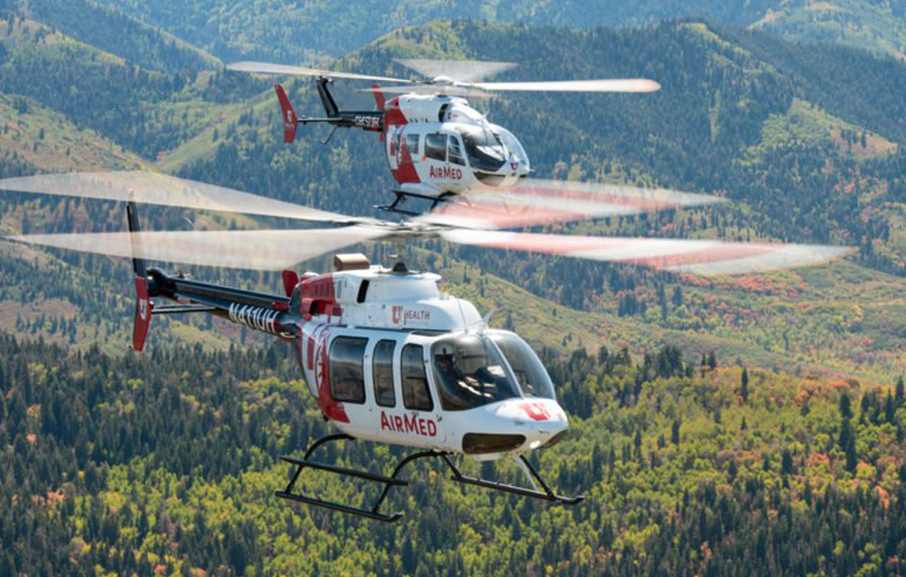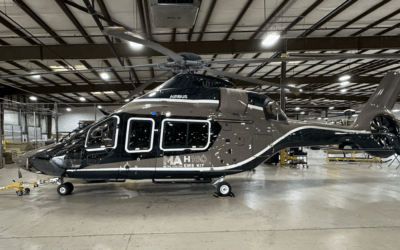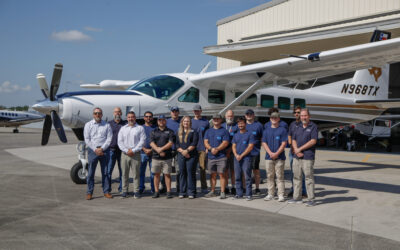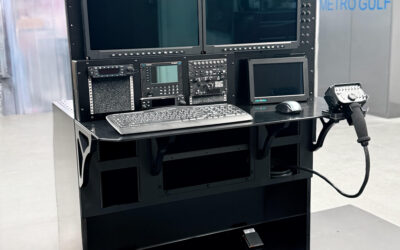University of Utah AirMed explores new role for mass casualty incidents
November 5, 2019
Source: Vertical Magazine
Across the U.S., mass casualty incidents (MCIs) are becoming all too common. Single, horrific events — whether mass shootings, natural disasters, or terrorist attacks — all have the potential for large numbers of victims with wide-ranging injuries.
The sudden onset of such an incident and the resulting surge of victims pose immense challenges for first responders and hospital emergency departments. Even with preparation and planning, emergency medical resources can quickly become overwhelmed.
As with other institutions across the country, MCI protocols at the University of Utah Hospitals and Clinics (UUHC) have long been a work in progress. Through semi-annual disaster drills and after-action assessments of other MCIs, such as the 2017 Las Vegas Strip shootings, UUHC is constantly refining and improving processes for dealing with an MCI.
In early 2019, at the conclusion of one such MCI drill and subsequent needs assessment, UUHC identified a pool of highly skilled medical technicians who were perhaps not being utilized to their full potential.
Typically, the flight crews assigned to the hospital’s air medical program, AirMed, fulfill a traditional helicopter EMS role: scene response and inter-hospital transports. However, UUHC has begin exploring a slightly unconventional role for the medical crews in the event of an MCI.
As an alternative to AirMed crews being dispatched to the scene of a MCI as first responders, they would instead respond to UUHC’s large rooftop helipad in Salt Lake City, Utah. The medical teams would then be sent downstairs to the hospital emergency room to augment the medical staffing as patients are received and treated.
Kasey Hart, an AirMed flight paramedic, explained, “If something happens somewhere in the Valley [metro Salt Lake City], we have paramedics and EMTs and EMS providers that can handle the scene. And most of these [MCI] incidents are happening in high population areas. So if something happens in downtown it might be more appropriate to fly directly to [UUHC] and help them get ready for the patients they know are coming.”
“We have flight nurses and medics with advanced skills,” Hart continued. “And we handle these sorts of trauma patients when we fly out on scene. So why wouldn’t we utilize those people in the emergency room setting when the medical staffing begins to thin out during a mass casualty incident?”
In the event of an activation of an MCI “full response” protocol, the AirMed flight center will be notified and a dispatch plan developed. Presently, AirMed has the ability to respond five medical crews from bases throughout the greater Salt Lake City area, each with an approximately 20 minute response time to UUHC. Flight crew members who may be off work are encouraged to make themselves available to also respond and assist.
Upon arrival at the emergency room, AirMed medical teams report to the charge nurse for direction. They may be utilized for triage of incoming patients; care for “Delayed” (yellow) patients; perform interventions on “Immediate” (red) patients; or conduct an eFast (extended focused assessment with sonography for trauma) exam with ultrasound.
In a best case scenario, a UUHC trauma response consists of four clinicians for each patient: a team lead (physician), an airway provider, and two examiners. As more patients are received, however, that staffing can and does flex as resources become strained and thin out. Hart said, “We’ve really wanted to stay flexible in our job role in order to best mold to the changing environment and increasing demands you see in these types of incidents.”
Stay Updated with Metro
Metro Aviation Advances Air Medical Capabilities with H160 EMS Interior STC and H140 Fleet Expansion
metro announces h160 ems stc and h140 fleet expansion OCTOBER 27, 2025 Metro Aviation, a recognized leader in air-medical transport solutions and aircraft completions, is proud to announce two significant developments that strengthen its support for critical-care...
Metro gulf partners with tx dps
Metro Gulf and Tejas Advanced Solutions Deliver Advanced Cessna 208 Caravan to the Texas Department of Public Safety OCTOBER 23, 2025 Metro Gulf, a division of Metro Aviation and a recognized leader in aircraft completions and aviation solutions, partnered with Tejas...
Metro Gulf UNVEILS Advanced Mission Console
Metro Gulf Unveils Advanced Mission Console JULY 18, 2025 Metro Gulf, a recognized leader in aircraft completions and aviation solutions, proudly announces the launch of its new Fixed-Wing Special Mission Console, purpose-built to support a wide range of special...
Download Brochure
Metro Aviation is constantly growing our capabilities and expanding our reach. Metro holds more than 30 Supplemental type Certificates (STC) and completes about 35 aircraft each year for U.S. customers anf global clients.
